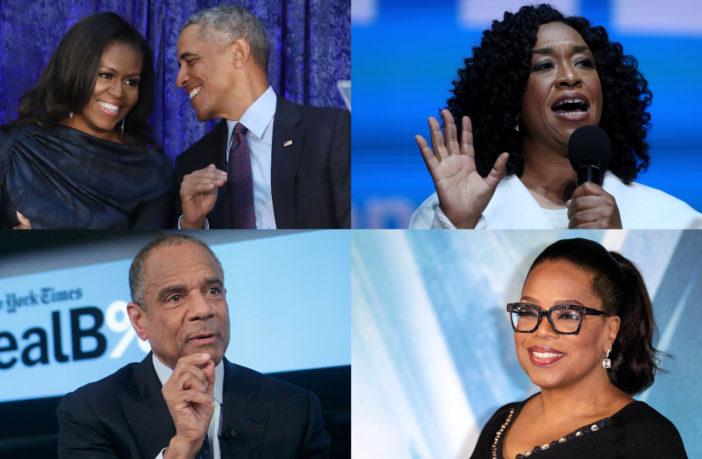This is a lot of powerful influence under one campaign.
The Smithsonian’s National Museum of African History and Culture has announced the honorary chairs of its $350 million Living History Campaign, a list of notable people to help drive the purpose of the campaign to build the museum’s funding, and support its programs and digital narratives.
According to The Washington Informer, the notable chairs include former President George W. Bush and his wife Laura, former President Barack Obama and his wife Michelle, museum council chairman and ex-CEO of American Express Ken Chenault, Scandal television series writer Shonda Rhimes, and media mogul Oprah Winfrey.
“It is really crucial to launching this fundraising campaign now — when the study and understanding of the African American experience are often under attack,” Kevin Young, the Andrew W. Mellon director of the museum said about the campaign’s role in the operation of the facility.
“We are the guardians of that history, and we need everyone’s help to ensure this history is told accurately as part of the American story. This campaign will help us build our endowment to keep the museum going in perpetuity and will also provide support for our programming, exhibitions, collections, and digital capabilities, so that around the nation and the world, any time of day, people can have this history in their hands,” Young added.
Winfrey shared her perspective on being a part of the campaign.
“One of the reasons I love this museum so much is because you must know from whence you come. … I think about all those who came before me and didn’t have the opportunities or choices my generation was given,” she said. “I think I owe them a resurrection. I feel that my life brings redemption to the lives they struggled to create and build for all of us.”
The Living History Campaign is also a part of the Smithsonian Campaign for Our Shared Future, a campaign headed by Smithsonian secretary Lonnie G. Bunch III, and chaired by Tony Coles, LaTanya Richardson Jackson, and Brian Moynihan.
According to museum officials, the campaign is set to conclude in 2024.


